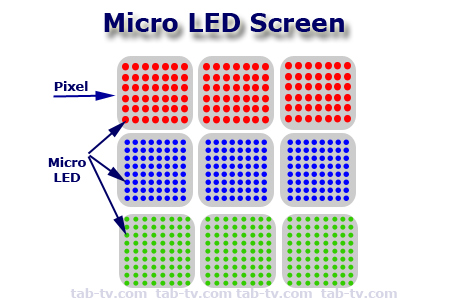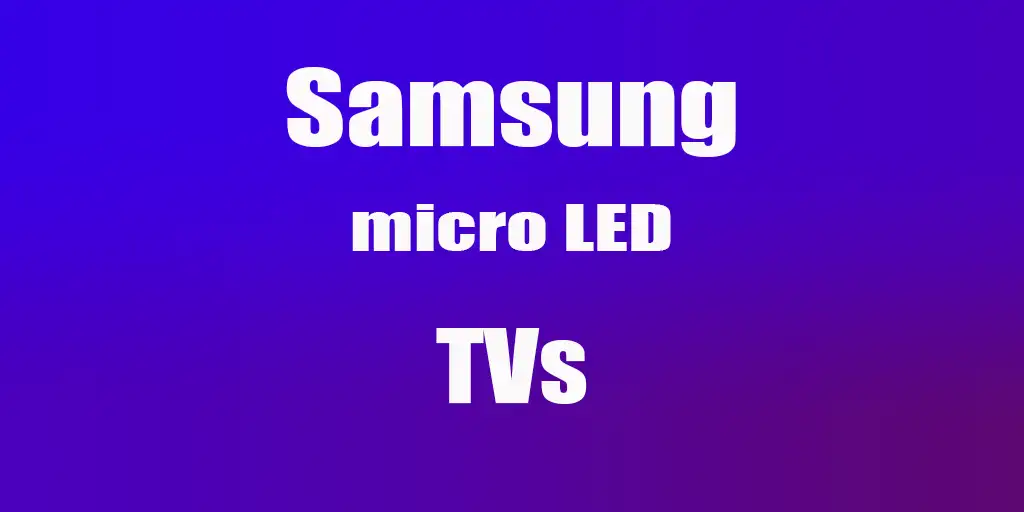Micro LED is a cutting-edge display technology that utilizes ultra-small LEDs manufactured with conventional methods. While the concept of using LEDs to create images isn’t new, Micro LED was specifically developed to compete with LED and OLED displays. Unlike traditional LED video walls, where individual LEDs are visible up close, Micro LED displays minimize gaps between LEDs, forming a seamless image array.
The Development of Micro LED Technology
Samsung has been at the forefront of Micro LED technology for televisions. After discontinuing its pursuit of large OLED displays—a decision often regarded as a misstep—the company shifted its focus to advancing Micro LED and QLED displays.

In 2020, Samsung unveiled its first Micro LED TVs, showcasing modular designs, remarkable durability, and innovative features. However, the exorbitant price tag of $100,000 for a 100-inch TV proved to be a significant barrier for the average consumer. Comparable LED TVs of the same size were available at a fraction of the cost, and given how quickly technology evolves, investing in such an expensive TV wasn’t practical for most buyers.
As a result, sales of Micro LED TVs were underwhelming, leading Samsung to discontinue production by 2023. Recognizing the demand for high-quality displays at more competitive prices, Samsung pivoted to developing its own large OLED panels for TVs, known as QD-OLED.
Despite its technological promise, the market wasn’t prepared to embrace such an expensive innovation. Micro LED remains an impressive but niche technology, with its future potential dependent on overcoming production challenges and reducing costs.






